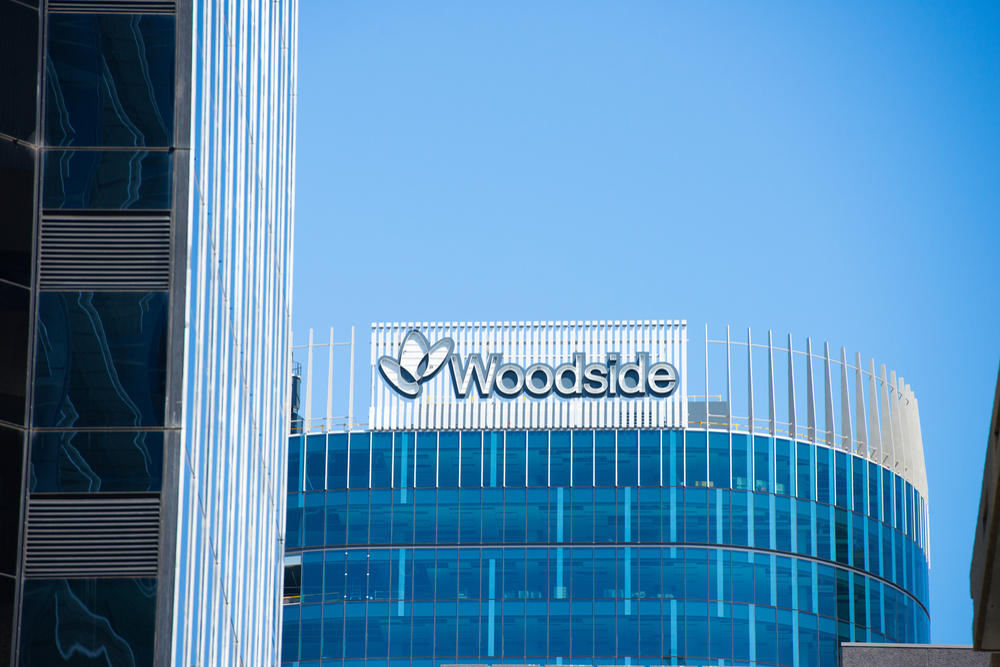
Carbon capture and storage (CCS), when deployed in collaboration with clean energy technologies, has the potential to reduce global emissions and thus limit global warming, which makes it an essential technology for countries to adopt on a large scale, says GlobalData.
An assessment from the Intergovernmental Panel on Climate Change (IPCC) estimates that around 10,000 million tonnes per annum (Mtpa) of carbon dioxide (CO2) capture capacity is required by 2050 to support global climate ambitions.
As it stands, worldwide CCS capacity outlook is anticipated to be around 120 Mtpa by 2030, considering active as well as approximately 35 new project announcements. Thus, there is considerable growth potential for CCS technologies over the coming decades.

Oil and Gas Analyst at GlobalData, Ravindra Puranik, said the U.S. accounts for more than half of the active CO2 capture capacity globally.
“It is also leading the next wave of CCS projects, with at least 15 new facilities expected to come online by 2030. Europe, particularly the North Sea countries, are anticipated to be another major hotspot for CCS developments in the coming years,” Puranik said.
Although CCS has been around for nearly five decades now, very few countries have implemented this technology on a large scale. The high costs incurred in capturing CO2 from industrial units is proving to be the major deterrent for deploying CCS.
Puranik said enhanced oil recovery (EOR) has been the most common use case for monetising the captured CO2, wherein the gas is injected into wells to stimulate crude oil recovery. Of late, this CO2 is finding new application areas, including an enrichment of concrete, production of synthetic fuels and horticulture.
Despite the advent of clean energy sources, Global Data states that fossil fuels continue to be the mainstay for power generation around the world. To offset the emissions generated from power plants, countries such as the US, Japan, and China, are considering deploying CCS technologies at such facilities.
Moreover, energy companies are keen on unlocking the potential of hydrogen for transportation and other industrial applications. Since the commercial viability of green hydrogen is still a long way off, blue hydrogen production, which relies on CCS, is likely to gain momentum during the transition phase.
Puranik adds that oil majors such as ExxonMobil, Equinor, Shell, and Total, are among the leading adopters of CCS technology.
“These companies are also planning to further expand their CO2 capture capacities to reduce their carbon footprint. Occidental Petroleum is another major proponent of carbon capture technologies. Besides capturing CO2 from industrial facilities, the company is also constructing the world’s largest direct air capture facility in Texas. The success of this project could encourage other operators to set up similar such units around the world.”









